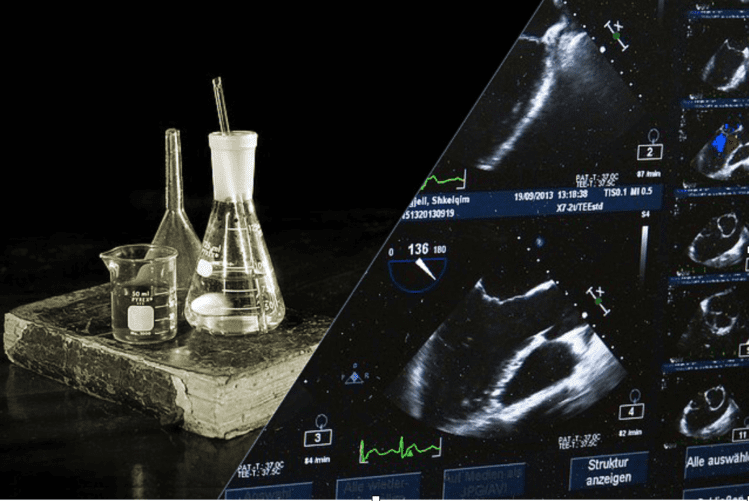
Pain Relief Treatments: Then & Now
Posted on July 9, 2020
As long as humans have been alive, so has the need for pain relief. Even our most ancient ancestors sought to develop what they considered “modern medicine” in their time, with whatever limited knowledge they possessed about the human anatomy and treatment techniques.
By today’s standards, many of the ancient pain treatments are considered ineffective, outlandish, or even barbaric. After all, contemporary generations enjoy the benefit of centuries of increased knowledge and state-of-the-art technologies that treat pain without invasive surgeries or absurd rituals.
If you live with chronic pain, you can consider yourself fortunate that you’re here today, so you don’t have to endure one or more of these archaic so-called pain relief ‘remedies’:
- Ether
As recently as the early 20th century, ether (diethyl ether) was used as an analgesic (pain killer), primarily for treatment of lung infections and scurvy.
Due to undesirable side effects such as nausea and vomiting, and the fact that it was highly flammable, ether was ultimately replaced by the faster-acting chloroform as a safer and more desirable solution.
- Mercury
While we now know that mercury is toxic to humans, it was once used commonly as an elixir and topical medicine. Ancient healers believed it even had the ability to boost vitality and increase lifespan.
The downside was that patients frequently died as a result of liver and kidney damage caused by mercury poisoning.
- Arsenic
Another known poison, arsenic, was also once used as medicine. Conditions such as arthritis, diabetes, malaria and syphilis were treated with medicines containing arsenic even as late as the 1950’s.
But in 1979, the International Agency for Research on Cancer classified arsenic and certain arsenic compounds as agents carcinogenic to humans, and today it is used only in highly controlled compounds for treatment of rare conditions.
- Trepanation
This is among the more gruesome pain ‘treatments’ through the ages. The process involved drilling a hole through the skull, down to the brain, originally as an attempt to release ‘demons’ thought to cause epilepsy and insanity. Later versions of the process focused on a life-saving release of brain pressure built up after head trauma.
The good news is that many patients survived the ‘treatment’ and their skulls healed over. The bad news is that a large percentage of patients died shortly after undergoing the procedure.
- Cannibal Cures (or “corpse medicine”)
For hundreds of years, those suffering from headaches, muscle cramps or stomach ulcers may have prescribed an elixir containing human flesh, blood or bone. It was believed that consuming the remains of a deceased person would lead to increased vitality and wellbeing in the patient. The prescribed ‘cure’ would correspond with the patient’s ailment; ingesting skull powder for headaches, for instance.
While modern medicine includes transplants, skin grafting and other regenerative methods, direct ingestion of human remains is no longer a prescribed treatment protocol, (thankfully!)
Today, we don’t have to be subjected to any of the above practices in order to find relief from pain. Thanks to ongoing advancements in pain medicine throughout the centuries, there are now many remarkable treatment options available, often with little to no discomfort or inconvenience.
Aren’t you glad to be living ‘in the now’?
Need Modern Medicine to Relieve Your Chronic Pain?
At Riverside Pain Physicians, our board-certified pain management physicians are dedicated to providing effective, minimally invasive procedures based on the individual needs of each patient.
Our highly skilled pain specialists utilize state-of-the art technologies to diagnose the source of your pain and develop a customized treatment plan to minimize your discomfort and help restore your quality of life.
To set up a consultation at one of our Florida clinics so we can discuss options for reducing or eliminating your pain, call Riverside Pain Physicians today at 904.389.1010, or click here to schedule your visit online.
Tags: Pain Relief Treatments